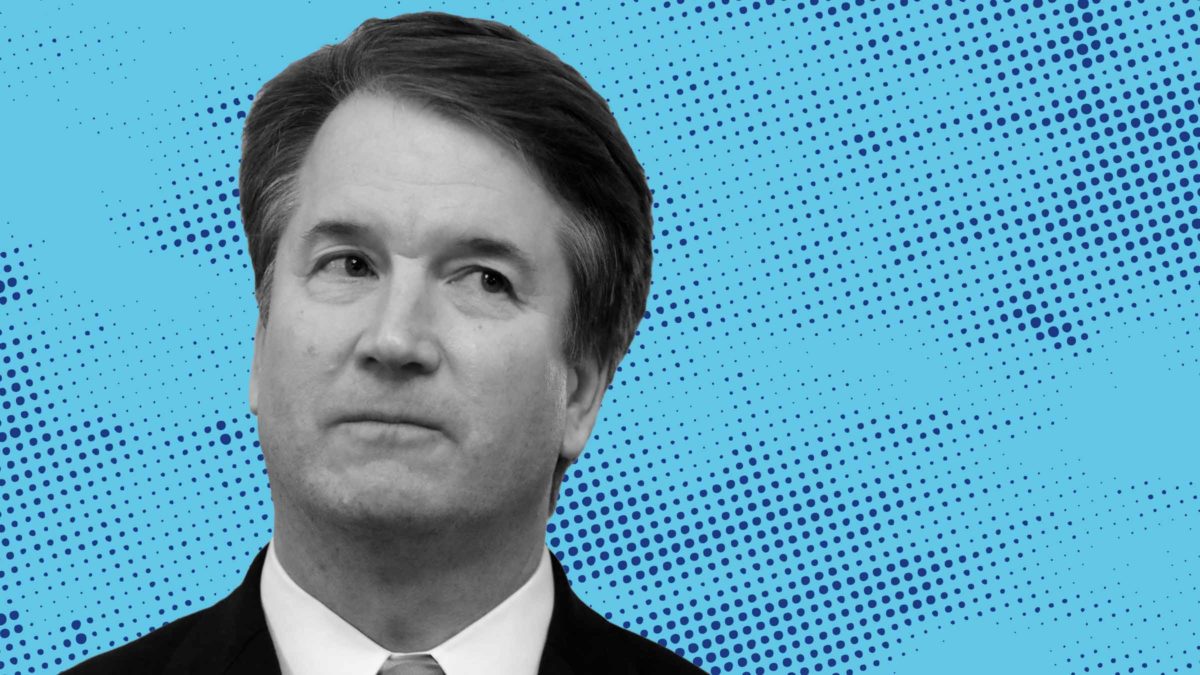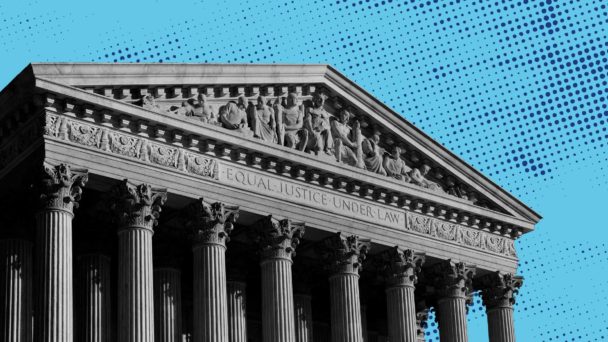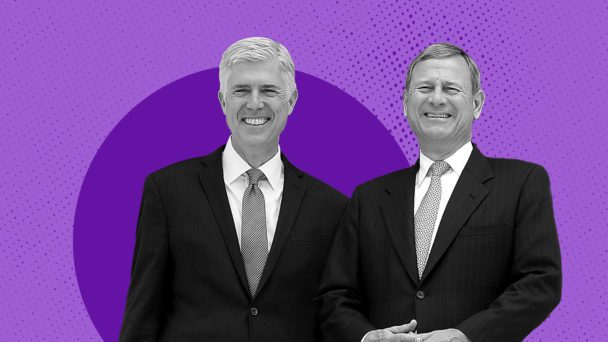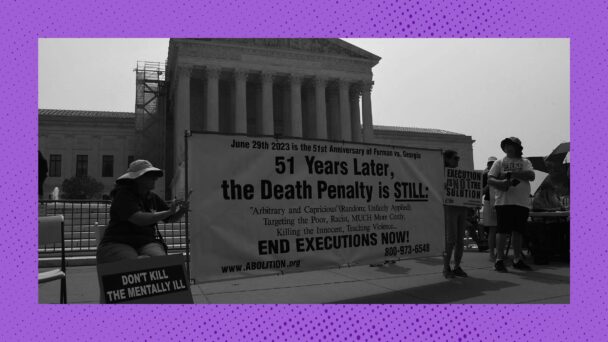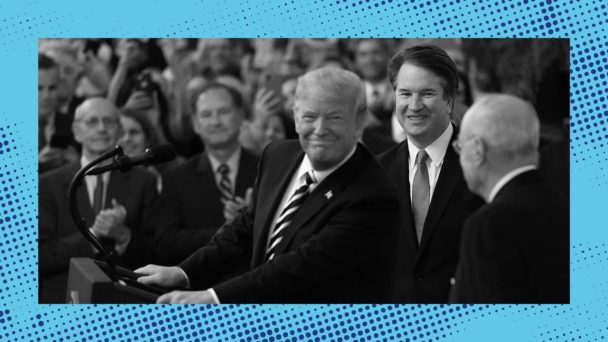Over the past decade, San Francisco has dumped billions of gallons of shit into creeks, the San Francisco Bay, and the Pacific Ocean. I say this entirely literally and without hyperbole: Every year, since 2006, the city and county has discharged an average of 1.8 billion gallons of untreated sewage into the surrounding waters. This includes areas where people go swimming, fishing, and partake in other recreational activities best enjoyed without human waste. And today, the Supreme Court debated whether to make a shitty situation worse.
The Court heard oral argument this morning in San Francisco v. Environmental Protection Agency, a challenge to the way the EPA regulates the discharge of pollutants under the Clean Water Act. This case is the first big test for environmental law since the Supreme Court’s end-of-term sabotage of administrative agencies like the EPA in Loper Bright Enterprises v. Raimondo. BBefore Loper Bright, if a law passed by Congress was ambiguous, courts would defer to reasonable interpretations by the agencies charged with executing them. But the Court threw out that decades-old standard in June, giving judges more freedom to second-guess agency regulations and substitute their own opinions for those of experts. And parties that don’t like being regulated are ready to reap the benefits.
In this case, San Francisco is challenging the EPA’s National Pollutant Discharge Elimination System (NPDES), which issues permits to cities and corporations that specify the conditions under which they can discharge some pollutants into public water. Some of NPDES’s limitations are specific and numeric, like prohibiting discharges of mercury exceeding a particular quantity of milligrams per liter. But other limitations are more narrative—for example,“no objectionable algae bloom should form in the water body.” According to Tara Steeley, the San Francisco deputy attorney who argued the case, narrative limitations don’t inform permit-holders of what they need to do to comply and therefore leave the city “exposed to crushing criminal and civil penalties” under the Clean Water Act.
Justice Elena Kagan questioned Steeley aggressively about what, exactly, was unlawful about any of that. Kagan explained that she heard Steeley making a policy argument that the agency should not use its authority that way, and thatCongress should fix the statute to prevent the EPA from doing so. “But what I don’t hear you telling me,” Kagan said, “is what in the statute prevents the EPA from doing this.”
Kagan’s question revealed some of the dilemmas courts and agencies alike are dealing with since the Court’s decision in Loper Bright. Is the starting point for legal analysis determining what in the statute says the agency can do this, or is what in the statute says the agency can’t do this? Can judges supplant agency decision-making just because they (or the entity being regulated) would have done things differently if they were in charge? There used to be clear answers to these questions. Now, no one knows.
Whether the EPA would actually be able to do its work if the Court sided with San Francisco was a major concern for Justice Sonia Sotomayor, who pointed out that narrative standards are flexible enough to cover things like unanticipated discharges, which the city may otherwise ignore if they weren’t accounted for in a permit. When Steeley suggested the EPA could always modify the permit, a frustrated Sotomayor pointed out that that process would take “months and years.” Ultimately, the justice thought the city was trying to avoid enforcement of the Clean Water Act altogether. If the EPA were to use exclusively specific numeric limitations, Sotomayor suggested, “you’ll come in and say the permit is not comprehensible because it’s so long and convoluted.”
While Democratic justices worried about pollution, Republican justices worried about polluters. “You don’t know what your obligations are ahead of time, and yet you’re on the hook for millions of dollars and potential prison time,” said Justice Brett Kavanaugh. Chief Justice John Roberts contended that the permit system was designed to “give some notice to the different dischargers about what was going to be required of them.” For Roberts, narrative limitations don’t provide that notice, and unfairly impose liability on cities and corporations that don’t know what they’re liable for. Justice Neil Gorsuch also chimed in, describing this as a concern he has with administrative agencies, generally. “The point was to give people notice ex ante of their legal obligations,” said Gorsuch.
That was news to Justice Ketanji Brown Jackson. “I’m a little surprised by the suggestion that the goal of the statutory permitting process here was fair notice,” she said. “I thought the goal was to ensure that there were clean waters in the United States.” When Congress passed the Clean Water Act in response to rivers catching on fire, Jackson said, it did not include in the congressional record a mandate to interpret the statute “with an understanding of what would be most fair to the polluters who are putting the sewage into the water.”
Towards the end of oral argument, the attorney for the government, Frederick Liu, recounted some of the problems the Clean Water Act was trying to address, including hundreds of millions of gallons of sewage washing up on San Francisco’s beaches every year. “We know that the limitations that already exist in the permit are not enough to protect water quality,” he said. “Then the question is, how do we fill that gap?” This is the basic problem that the Loper Bright court failed to recognize: Policymaking is a balancing act—here, between the burden on polluters and the need to preserve a habitable planet. That job belongs to Congress. The Supreme Court has reserved it for itself.
